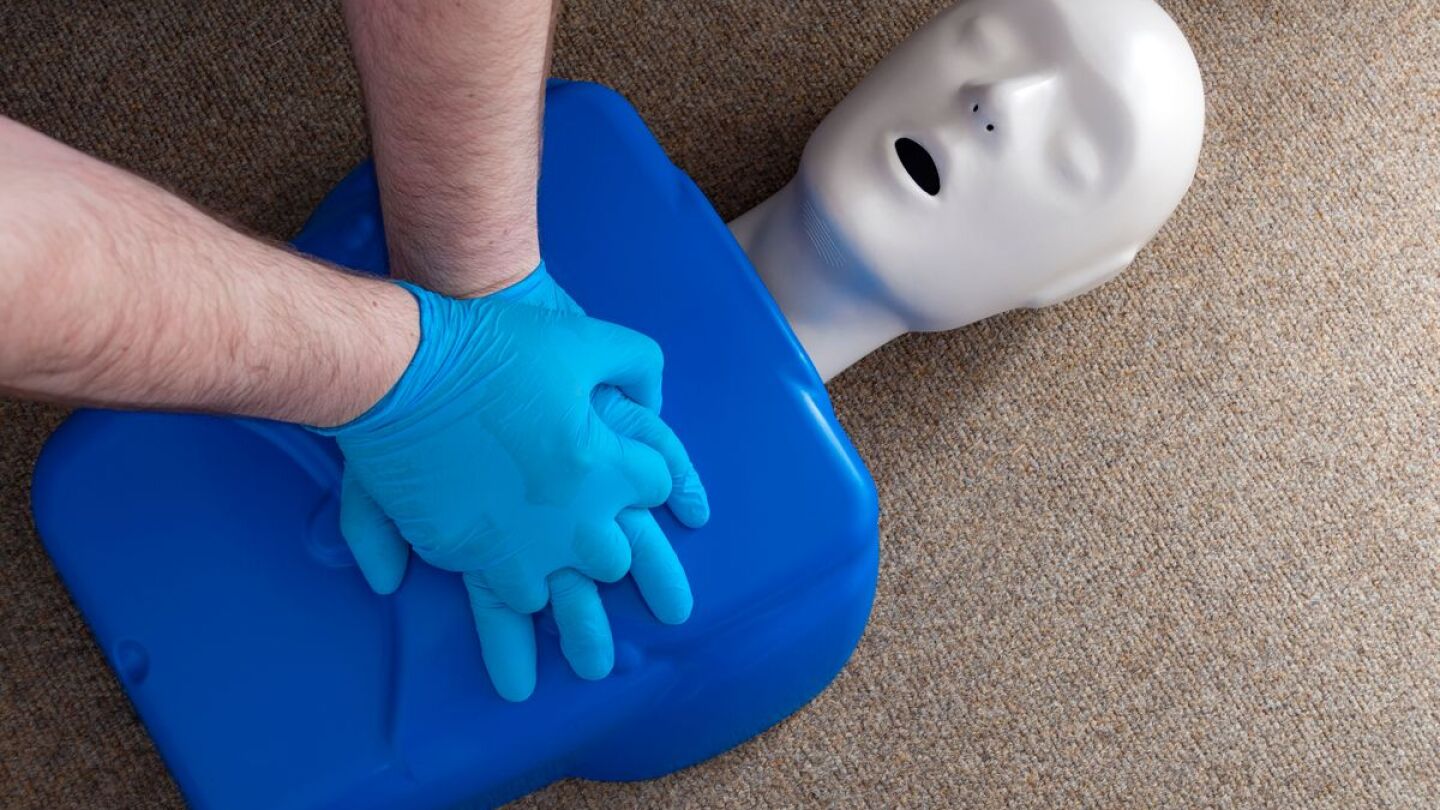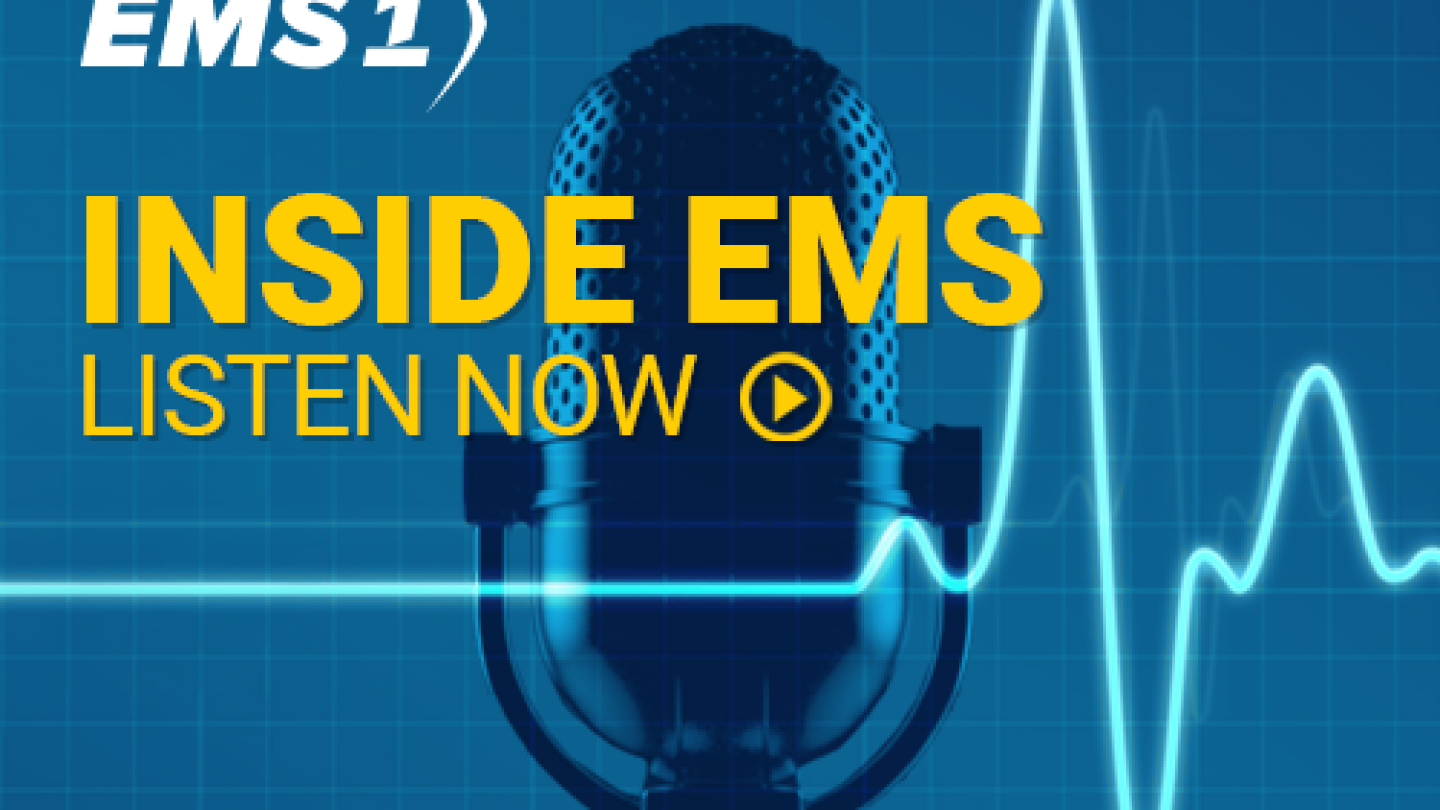Airway management
This directory provides essential articles on Airway Management, a critical skill for EMS professionals. Topics include techniques for securing airways, the use of advanced airway devices, and strategies for managing difficult airways in emergencies. Mastery of Airway Management is vital for ensuring patient survival during respiratory emergencies. For related information, explore our resources on Advanced Life Support (ALS), which often involves advanced airway procedures. Use this directory to deepen your understanding and improve your airway management skills in the field.
When shopping for a new pulse oximeter, here are six important issues to consider
Steve Whitehead asks, does your pulse ox probe fail you, or do you fail it?
How advanced techniques like delayed-sequence intubation and NIPPV mitigate adverse outcomes in physiologically difficult airways
Preventing hypoxia with apneic oxygenation
Examining recommendations for EMS treatment of adult and pediatric cardiac arrest related to epinephrine, compression depth and rate, and double sequential defibrillation
From up-front and maintenance costs, to supply chain and accessory required changes, these questions will smooth the transition to a new disposable product
Dr. Casey Patrick and Mike Perlmutter discuss their experiences with implementing IV high-dose bolus NTG in APE patients
For patients who do not achieve ROSC early, is it better to stay on scene and continue resuscitation efforts or transport to the ED with CPR in progress?
Join us as we analyze what the results of a recent survey reveal about provider perceptions about COVID-19 and influenza vaccination
Amid protocol changes and airway/respiratory procedure modifications due to COVID-19, it’s comforting to know that when it comes to EtCO2 monitoring, you don’t need to change anything
Using the stretcher as a tool in heads-up CPR
Preventing hypoxia with apneic oxygenation
Chesterfield Firefighter-EMT Amie Barnes said she had never given oxygen to an animal before but followed her instincts to save the “feline member of the family”
The 4 acceptable pauses in CPR
North Metro Firefighter-Paramedic Quinn Henson received two commendation medals while being promoted to a major in the Army last month
The attorney who filed the suit says Timesha Beauchamp suffered severe hypoxic brain damage and remains in critical condition
Officials said the Crozer Health medics needed to be extricated and one of them was intubated
Common respiration pathologies and those that impair ventilation
A detailed patient history and physical examination inform this diagnosis of exclusion after a brief resolved unexplained event (BRUE)
Marley Madureira had earned her first aid training badge after her troop met with paramedics and a nurse
Gaston County EMS leadership embarked on a plan to equip every transport-capable ALS unit in Gaston County with a ventilator
Adams County Fire Rescue Paramedic Cody Grove witnessed North Suburban Medical Center X-ray Technician Kasey Wichael dislodge an object the child was choking on
Use this strategy when applying capnography to measure the efficacy of oxygen therapy, especially when troubleshooting
“With every role we take during our career, in a way, we are auditioning for the next”
The employee said Timesha Beauchamp was breathing and her tongue was moving when she was found alive after being declared dead
Prehospital caveats for non-invasive and invasive airway management as we learn more about the pathophysiology of COVID-19
Ask the right questions, watch for symptoms that could point to bronchiolitis over pediatric asthma and treat accordingly
In this episode, learn the 5 emergent conditions that will kill patients experiencing shortness of breath, and how to use ETCO2 to develop a differential
The work of breathing can go up and oxygen saturation can go down when the patient and the equipment are not in sync
The man’s wife filed a federal lawsuit after 11 fire department employees admitted to performing 15 “tube checks” on his body on the floor of the fire station
Pre-hospital management of a traumatic brain injury: Saline, ketamine, TXA and finding the CO2 sweet spot
The plaintiff alleges medical negligence in the treatment of the man, who has been in a vegetative state since a respiratory episode in 2018
MCHD medical directors discuss three promising treatments for COVID-19, return to work guidance and complications presenting in pediatric patients






























